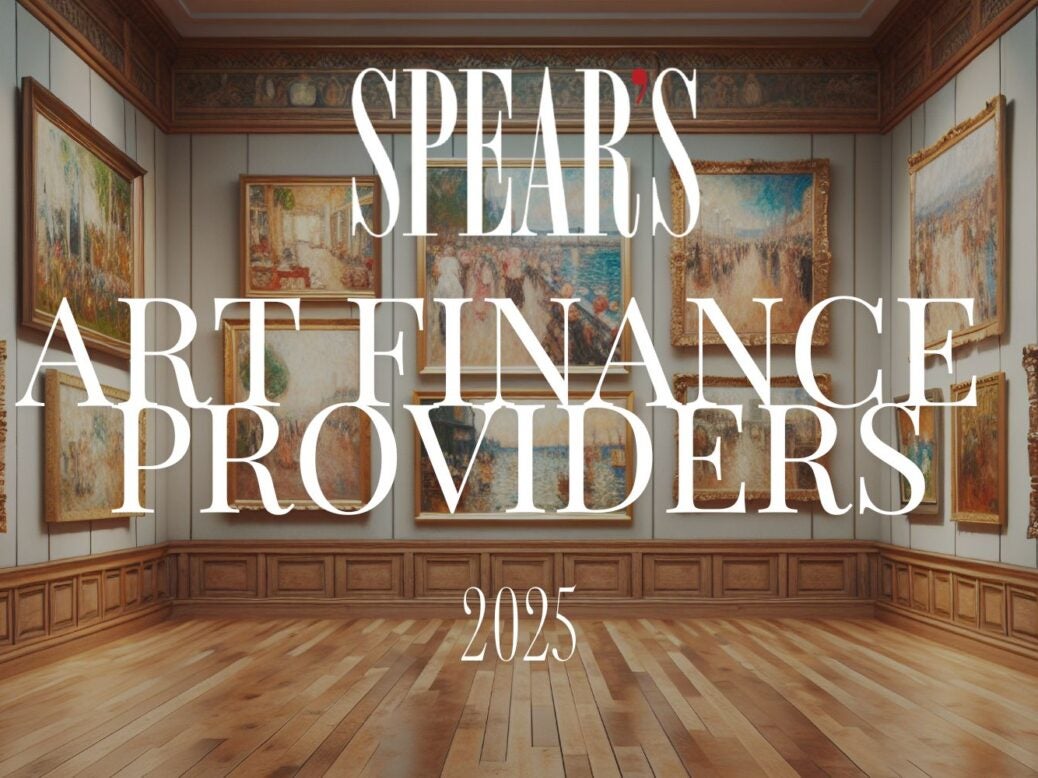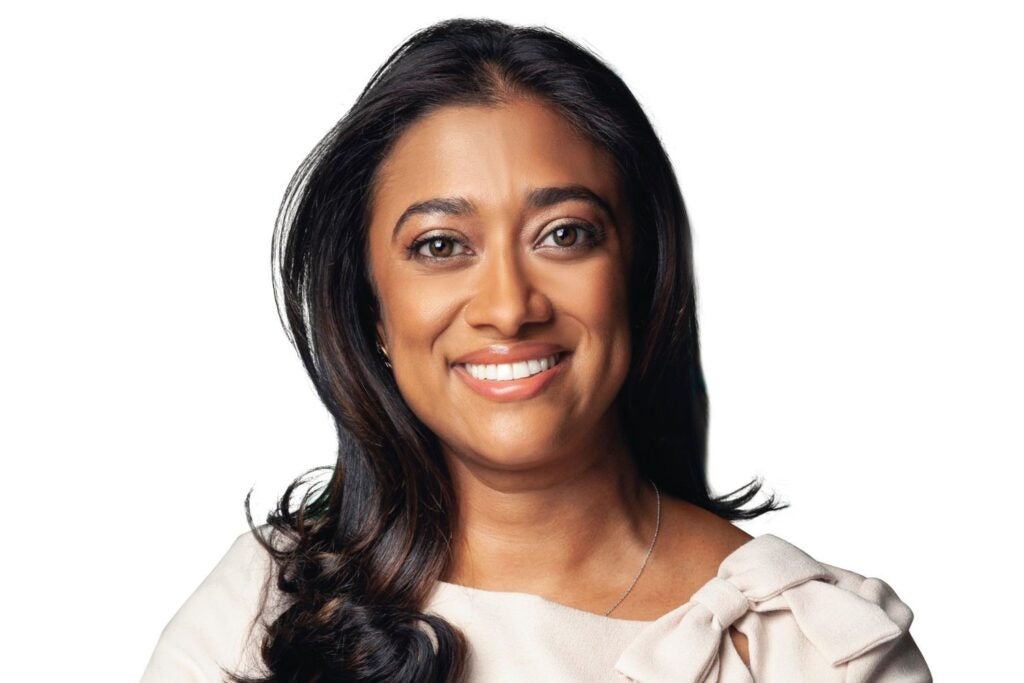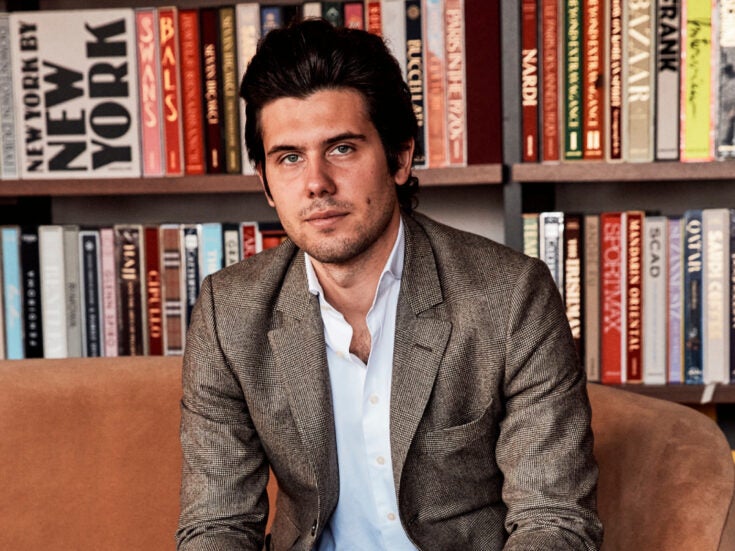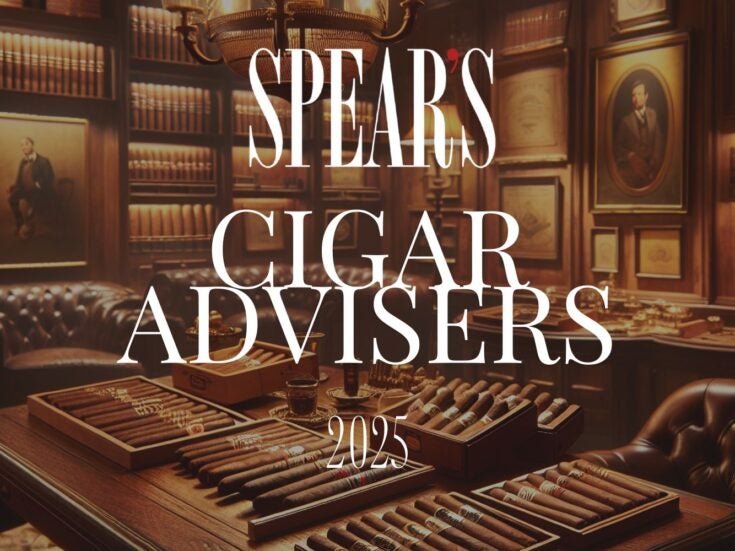
The combined aftershocks of the Covid-19 pandemic and ongoing geopolitical instability have cast a long shadow over the global art market, disrupting the flow of capital, dampening investor confidence and recalibrating buyer behaviour. According to the 2025 Art Basel & UBS Art Market Report, global art sales declined by 12 per cent in 2024, falling to $57.5 billion. Yet, in a paradoxical twist, the number of transactions rose by 3 per cent, reaching 40.5 million. This shift reflects a market that has pivoted towards lower-priced, more accessible segments, as record-breaking sales at the top end of the market have slowed.
As with many markets, periods of cooling often present opportunities for the astute buyer. A number of UHNW collectors have taken this moment to quietly expand their already formidable collections – some of which are valued in the billions. But for those whose liquidity is tied up elsewhere, how does one capitalise on a buyer’s market without selling assets or waiting on cash flow?
One increasingly popular solution is art finance: the practice of borrowing against art collections to unlock their underlying value.
In 2025, art continues to cement its status as a legitimate asset class within diversified wealth portfolios. For many HNWs, taking a loan secured against a work or an entire collection can offer both flexibility and discretion. Funds raised through such arrangements can be used to acquire new works, support business ventures or provide capital during transitional life phases, such as retirement.
[See also: Big four auction houses scramble amid $10 billion art market slump]
While regulatory frameworks vary by jurisdiction, in most cases the artwork used as collateral must be placed in secure storage for the duration of the loan. In others, lenders may allow the piece to remain on display, or even be consigned to a museum – provided legal and risk parameters are met.
Most of the leading art finance specialists featured in the Spear’s index have significant lending capacity. Major private banks like UBS, along with global auction houses such as Christie’s and Sotheby’s, can write loans well into the eight- and nine-figure range. Boutique providers such as TPC Art Finance, a recent addition to the index, cater to slightly smaller but still substantial sums, typically in the seven- to eight-figure bracket.
Importantly, the borrowing process is often streamlined. If the artwork meets key criteria – minimum value thresholds, strong secondary market demand and good physical condition – the path to securing a loan is usually straightforward. Appraisals and condition reports, which are standard during the underwriting process, often prove useful in their own right, regardless of whether a loan is ultimately taken.
What unites the advisers in the Spear’s index is not only financial acumen but also a genuine passion for art. Many are collectors themselves, and they understand both the emotional and monetary significance of the works they help clients leverage. Their goal is to provide a bespoke, frictionless service – one that balances the collector’s financial needs with their aesthetic and personal aspirations.
In uncertain times, while art remains an illiquid asset, it can nonetheless be strategically leveraged to unlock capital without the need for a sale. For collectors, this offers a way to tap into the value of their collections and address immediate financial needs, all while preserving ownership.
Click the links below to jump to a section of this article:
- Methodology
- The best art finance advisers: some names to know
- The best art finance advisers: the complete list
- Find out more
Methodology
Each year, the Spear’s Research Unit reassesses and refreshes its rankings of the leading providers in each sector by gathering data from and about the advisers and firms themselves, assessing submission forms, collating nominations, carrying out peer reviews, reviewing data from third-party sources, gathering references and recommendations, canvassing experts and conducting hundreds of interviews.
Advisers are evaluated using a proprietary scoring system that assigns different weightings to certain attributes. These scores feed directly into each new set of rankings in the Spear’s Indices. Each of these indices are published first online (according to the research calendar) and then in print. Print publication takes the form of the annual Spear’s 500 directory, which includes the top advisers in every index.
[See also: A guide to The Spear’s 500: Everything you need to know]
Each featured adviser is profiled on spears500.com. The site allows users to search the Spear’s database of more than 4,000 entities to find one (or more) to meet their specific requirements by filtering for specific attributes such as an adviser’s location, their specialist expertise and information about their client base.
The best art finance advisers: some names to know
Sayuri Ganepola
- Focus: Financing art purchases
- Position: Global managing director
- Firm: Christie’s
Sayuri Ganepola, global managing director of art finance at Christie’s, is sitting on data that the rest of the art world would give up its painting arm for. Final sale prices, bids, and seller and buyer information – it’s all available to her, along with a vast depth of institutional knowledge from valuers and auctioneers.

She says: ‘I can just walk down the hall, talk to the specialists and say, “I see this value that you have on that. What does that really mean?”’ Ganepola has used this intimate understanding of the art market to build a facility within Christie’s that can be used to finance further art purchases or allow art collectors to use their existing assets as security for other purchases, such as businesses or real estate.
Read Sayuri Ganepola’s full profile on Spears500.com
Adriano Picinati di Torcello
- Focus: Art-related businesses and cultural institutions
- Position: Director and global art & finance coordinator
- Firm: Deloitte
Luxembourg-based art and finance coordinator Adriano Picinati di Torcello has spearheaded the growth of Deloitte’s art and finance arm since its inception in 2008. With 30 years of experience in the field, he is also responsible for pioneering the international Deloitte Private Art & Finance Conference, in addition to contributing to external conferences and speaker events as a trusted authority in the industry.
Picinati de Torcello’s role has three pillars: advising private clients and family offices on private wealth matters which include art; advising executives of large companies on their business strategies and leveraging technology; and engaging with stakeholders and policymakers at cultural institutions to improve the cultural sector. ‘We tend to serve top clients who are usually citizens of the world, and they have issues beyond one jurisdiction,’ he tells Spear’s. ‘The fact that we can navigate a big problem across different jurisdictions is what we are good at.’
Read Adriano Picinati di Torcello’s full profile on Spears500.com
Joe Charalambous
- Focus: Securing loans for art owners and collectors
- Position: President and founding partner
- Firm: TPC Art Finance
Joe Charalambous founded TPC Art Finance in 2017 after recognising that there was a gap in the art finance market for clients who were seeking loans between $250,000 and $10 million – essentially a service for those who do not necessarily fit a private bank model but who are still keen HNW collectors.
He tells Spear’s he puts a ‘huge emphasis’ on client relationships and maintaining long-term partnerships. ‘It’s more like a family office feeling than a bank feeling,’ he says. Clients also appreciate the firm’s easy lending process – which takes on average two weeks – and typically use funds to purchase more art to enhance their collections, supporting the art market as a result.
Read Joe Charalambous’s full profile on Spears500.com
The best art finance advisers: the complete list
Click on the individual names to be directed to more detailed profiles of each adviser on The Spear’s 500 website. The table is ordered by ranking and then alphabetically by surname.
Contact us
- To apply for inclusion in The Spear’s 500, complete our submission form.
- For further information about rankings, please email research@spearswms.com; we aim to respond to all queries within two working days.
- For commercial enquiries and questions relating to enhanced profiles, please contact Commercial Director Shady Elkholy: shady.elkholy@spearswms.com
- To keep up to date with the Spear’s 500, subscribe to our magazine, newsletter and follow Spear’s on Linkedin and Instagram.
- If you have missed calendar deadlines for our research cycles in 2025, you can still register your interest for updates about upcoming research and rankings.
- Click here to order a print copy of The Spear’s 500.






